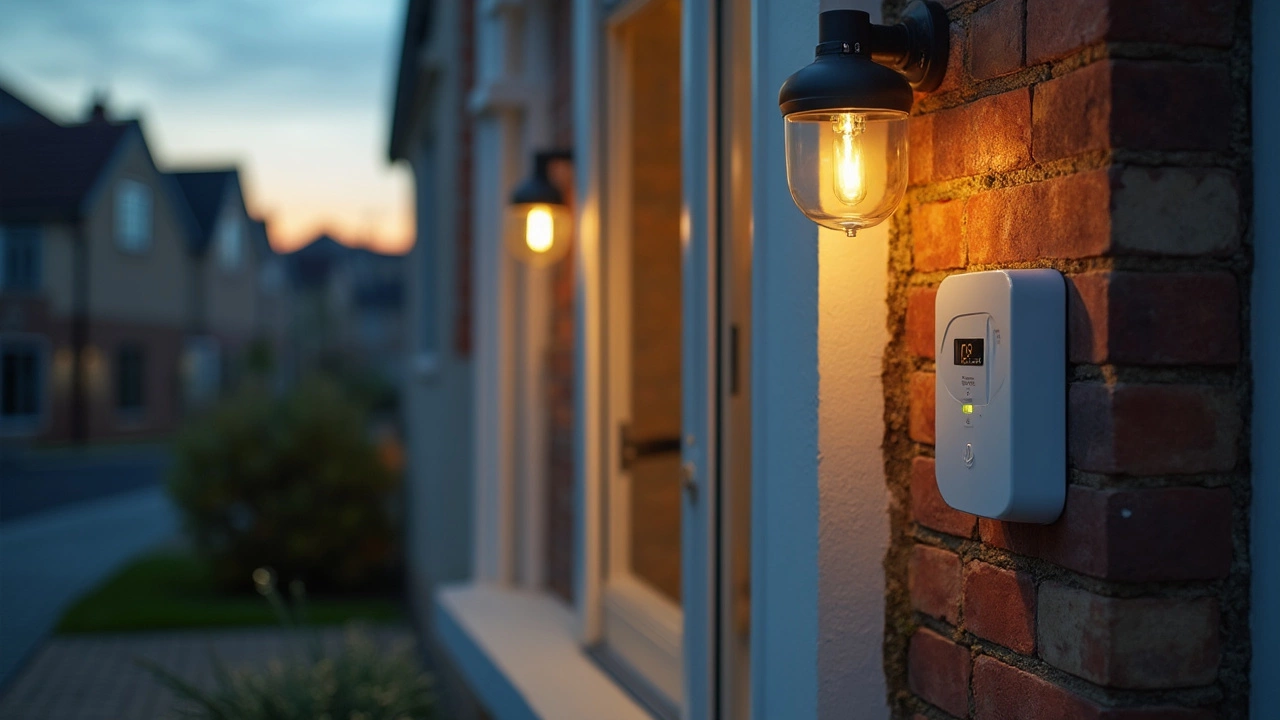When you pick a security camera, the first thing that comes to mind is video quality. But power use matters just as much. A camera that drinks too much electricity can blow up your electricity bill, shorten battery life, or overload a solar setup. Below we break down the main factors that affect power draw and give you easy steps to keep the numbers low.
Most indoor cameras run on a standard 5‑V USB adapter, drawing about 0.5 to 2 amps. That translates to 2.5‑10 watts per hour. Outdoor models often need more because they have infrared LEDs for night vision, weather‑proof housings, and sometimes a built‑in heater for cold climates. A typical 1080p outdoor camera with IR can pull 8‑12 watts, while a 4K model may need 15 watts or more.
Power‑over‑Ethernet (PoE) cameras get both data and electricity through a single Ethernet cable. They usually stay under 12 watts, but the switch they connect to must supply enough power. If you plan a large system, add up each camera’s wattage and compare it to the switch’s total PoE budget.
Start with resolution. A 1080p feed uses far less power than a 4K stream. If you don’t need ultra‑high detail, stick to 1080p or even 720p for wide‑area coverage. Next, look at motion detection settings. Cameras that record continuously consume more energy than ones that only record on motion. Tweak sensitivity so the camera only wakes up when something truly moves.
Infrared LEDs are another big drain. Many cameras let you set the IR intensity or schedule it only for dark hours. If your property has good street lighting, you can lower the IR level or turn it off entirely during the day.
For battery‑or‑solar setups, choose cameras that support power‑saving modes. Some models go into deep sleep after a set period of inactivity, dropping power use to less than 0.1 watt. Pair them with a solar panel sized for the worst‑case consumption (peak sun hours × camera wattage × number of cameras) to keep the system running year‑round.
Finally, check the firmware. Manufacturers often release updates that improve power efficiency, especially for AI‑enabled cameras that use on‑board processing instead of sending everything to the cloud.
By looking at resolution, motion settings, IR usage, sleep modes, and firmware, you can shave off several watts per camera. Multiply that across a dozen devices and you’ll notice a real drop in your electricity bill while extending battery life and reducing wear on solar panels.
Bottom line: power consumption isn’t an afterthought. It’s a key part of choosing a camera that fits your budget and your site’s power limits. Take a few minutes to compare specs, adjust settings, and keep an eye on the numbers – you’ll end up with a secure system that doesn’t drain your wallet.

Got a new CCTV system or thinking about installing one? Don't let electricity costs catch you off guard. This article breaks down exactly how much power typical CCTV cameras use, what that means for your bill, and factors that affect energy usage. You'll get clear numbers, handy tips to keep costs low, and a few surprises about smarter installations. Make a smart choice for your safety and your wallet.